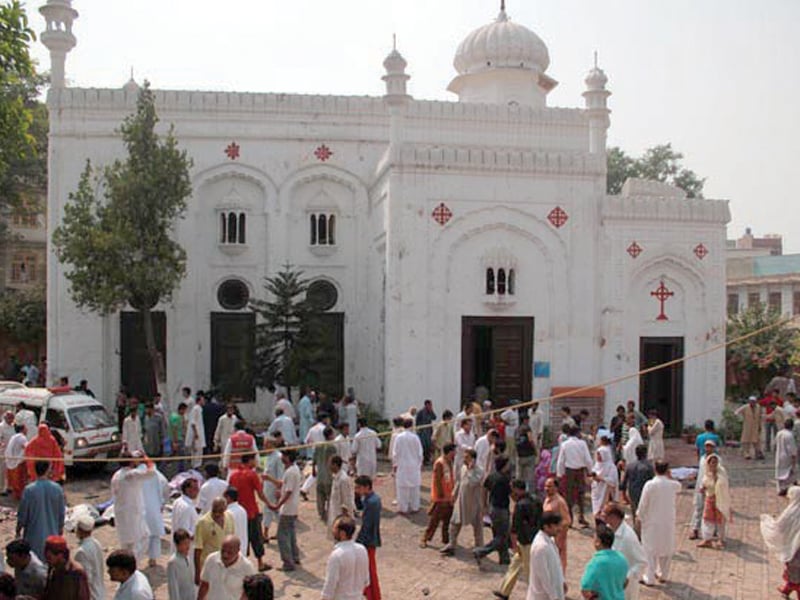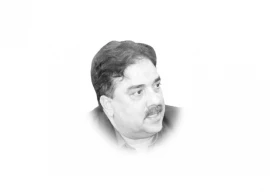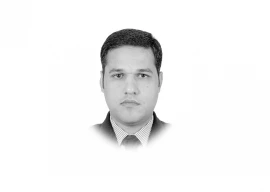
Khyber-Pakhtunkhwa continues to bear the brunt of terrorist attacks and bomb blasts but lacks a proper, well-equipped facility to treat burn victims.
In the last two weeks of September, nearly 150 dead and over 300 injured were brought into the hospitals immediately after bomb blasts hit the city on September 22, 27 and 29 respectively. According to the media cell of the Lady Reading Hospital (LRH), most of the injured came in with severe burns.
Unfortunately, due to a lack of properly-equipped burn care units in the city’s main hospitals, many of those patients died. In fact many of the burn victims of the All Saints Church attack had to be shifted to Punjab for treatment.
A consultant plastic surgeon at the Hayatabad Medical Centre (HMC), Dr Obaidullah told The Express Tribune on Tuesday no suitable facilities exist in the province where patients with burn injuries can be treated.
“Burn wards which do exist at the LRH, HMC and Khyber Teaching Hospital have inadequate facilities and lack expert doctors,” said the surgeon.
He claimed most of the medical equipment meant for the burns unit at the LRH was instead installed at the cardiology and cardiovascular units of the hospital.
Ceremonial starts
In the 1990s, the provincial government had started work on establishing a well-equipped burns centre at the HMC, shared Dr Obaidullah. However, construction work was stopped midway due to lack of funds.
“Every incumbent government holds an inauguration ceremony to mark the start of construction but no concrete results emerge.”
“In these present circumstances where blasts are so frequent, a functional burns unit is needed the most.” Many families just take their victims to Islamabad or elsewhere for proper treatment, added the surgeon.
In 2009, the Awami National Party government established a plastic surgery-cum-burns unit at the LRH but that too is insufficient to cope with even the routine cases of burns in Peshawar, which, Dr Obaid added, were on the rise.
Even the burns ward at the LRH is understaffed and has limited space for patients – there are 12 beds, six each for men and women.
According to HMC Chief Executive Officer Professor Tahir Khan, a burns care and plastic surgery unit at HMC has not been completed as yet because of a delay in the release of funds by the Workers Welfare Fund and President Fund. Work on it has been suspended for many months.
“If we get the funds, the unit will be completed by June 2014,” said Dr Khan
Not just bomb victims
HMC Associate Professor Plastic Surgery Dr Tahmeedullah explained there are commonly two types of burn cases – domestic and industrial.
“A majority of the domestic burn victims are women and children who get burned while cooking or because of electrical wires while industrial burns are common but not reported properly,” said Dr Tahmeed. The latter comprise of factory workers who work with massive machines and high-voltage electricity.
The treatment and recovery of burns can be quite costly and can easily reach Rs800,000 for just a burnt hand, said the professor.
“With the support of the government of Germany, the provincial government will set up a burns and trauma ward in three District Headquarters Hospital – Bannu, Chitral and Dir. These wards will provide prompt treatment to victims,” said Dr Tahmeed.
Published in The Express Tribune, October 2nd, 2013.









1736844405-0/Express-Tribune-(2)1736844405-0-270x192.webp)







COMMENTS
Comments are moderated and generally will be posted if they are on-topic and not abusive.
For more information, please see our Comments FAQ